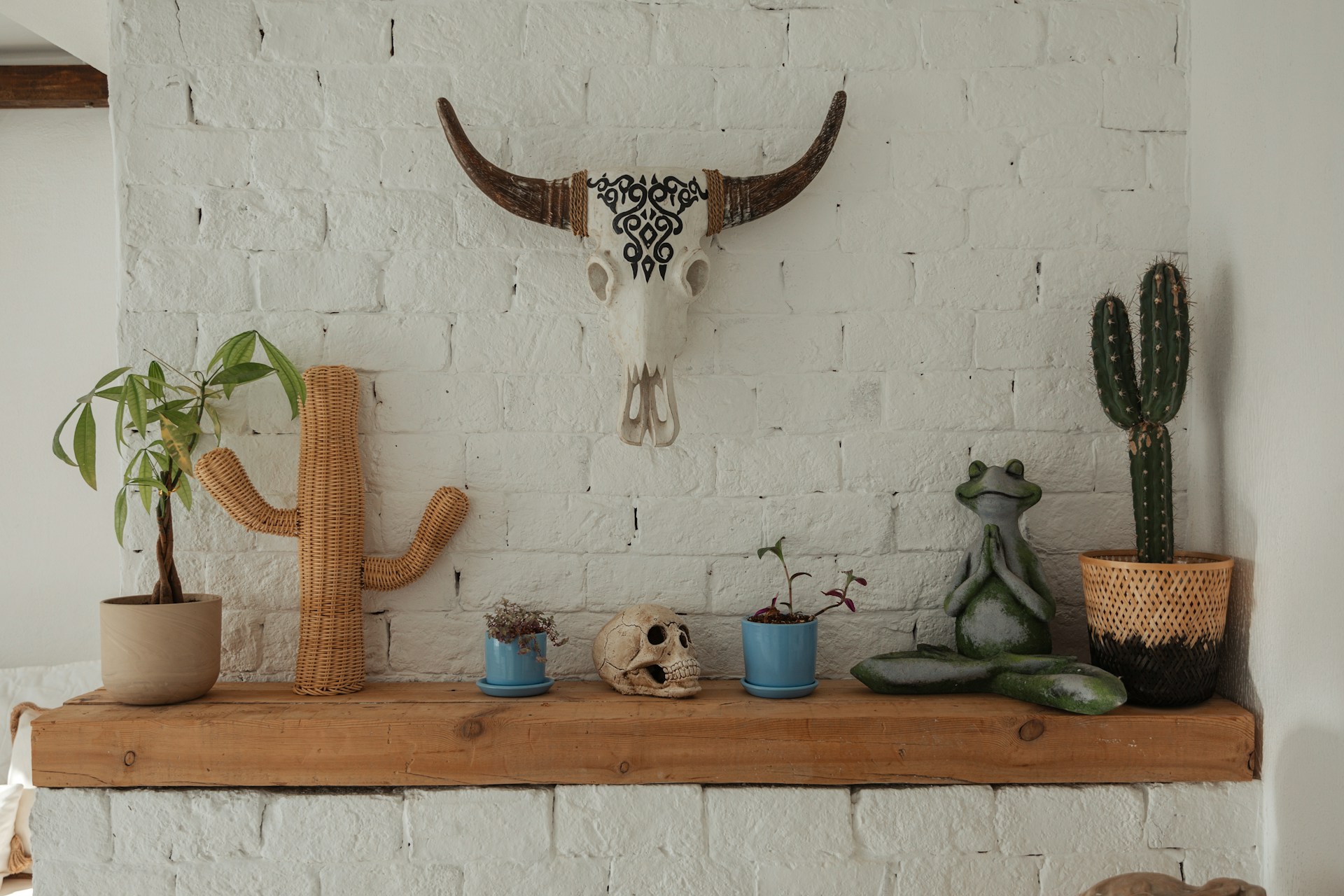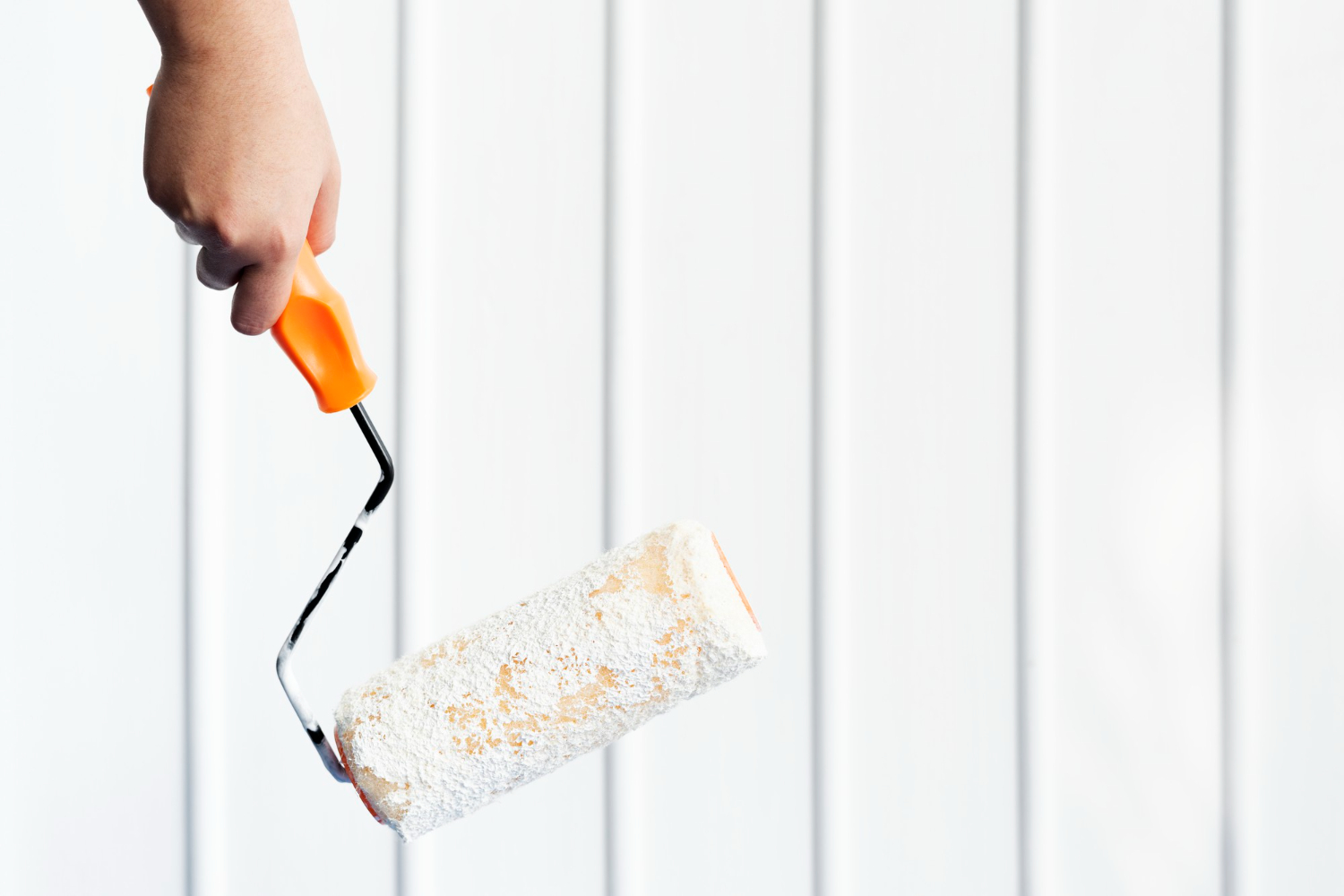Painting over dark walls can feel challenging, but it doesn’t have to be. With the right steps, you can cover those deep hues and give your walls a fresh look without unsightly streaks. Knowing how to prep your walls, select the right products, and apply them correctly will make all the difference.
Ready to get started? Let’s cover the basics to ensure your painting project is smooth and successful.
Preparing the Walls for a Clean Start
Before painting, a clean and smooth surface is essential. Cleaning and repairing your walls serves as the foundation for a successful paint job. Dust, grease, and any old paint residue can interfere with how new paint adheres, so start by wiping down the walls with a mild soap solution or a dedicated wall cleaner. Pay extra attention to spots that collect dirt, like around door frames and light switches.
Once the walls are clean, check for any damages, such as cracks or holes. Fill in these imperfections with spackle, and then sand them smooth. Sanding is crucial as it helps your primer and paint stick better by creating a slightly roughened surface for them to grip. Use fine-grit sandpaper to avoid scratching the wall.
Next comes the role of primer, which is vital in tackling dark colors. Primer acts as a base coat that helps cover the stark hues and prepares the wall for the new color. It improves paint adhesion and helps block the underlying dark colors from showing through, leading to a more vibrant and uniform finished product. Always choose a primer suitable for your wall type and the paint you plan to use.
Choosing the Right Primer and Paint
Selecting the right primer and paint is key to ensuring successful coverage. Factors like type, color, and finish need careful consideration. Begin with the primer—opt for a high-quality option specifically designed to cover dark colors. This will often involve using a tinted primer, which helps neutralize the underlying darker shades. A tinted primer can significantly reduce the number of coats needed, saving both time and paint.
When it comes to paint, decide on the type (oil-based or acrylic) based on your wall surface and the room’s conditions. Oil-based paints are durable and have a smooth finish, while water-based options dry faster and lower fumes. Think about the finish as well; flat or matte finishes help hide imperfections, while satin or eggshell finishes are easier to clean.
Room lighting also plays a massive role in how the paint color will look once applied. Consider how natural and artificial light interacts with your color choice. Lighter colors tend to brighten a room with limited lighting, while darker hues might suit areas with plenty of natural light. Test paint swatches in different lighting conditions to see how they change throughout the day before making your final decision.
Techniques for Even Application
Getting an even coat of paint is crucial to avoid streaks, mainly when painting over dark colors. Begin by gathering the right tools. Select high-quality brushes and rollers: a brush for edges and corners and a roller for large, flat surfaces. These tools ensure smooth application and help achieve a uniform finish.
Start by applying primer first. Pour some primer into a paint tray and load your roller, ensuring it’s evenly coated but not dripping. Use the roller to apply the primer in a “W” pattern on the wall. This technique covers more area and makes it easier to blend sections together. Overlap slightly to prevent visible lines.
Once the primer is dry, follow similar steps to the paint application. The key is to apply multiple thin coats rather than one thick layer. Thin coats dry more evenly and reduce the risk of streaking. Allow each coat to dry completely before applying the next, following the paint manufacturer’s recommended drying times. This patience results in a smoother, more professional appearance.
Finally, maintain consistent pressure while painting and avoid going back over areas starting to dry, as this can cause marks or an uneven finish. With these techniques, your walls will have a beautiful, streak-free look.
Troubleshooting and Fixing Common Issues
Even with careful preparation and application, painting mishaps occur. Common issues include streaks, uneven color, and missed spots. Identify streaks early by inspecting the wall closely under good lighting after each coat dries.
If streaks or patchiness appear, don’t panic. Address them by lightly sanding the affected areas once dry. This smooths out uneven paint. Reapply a light coat with meticulous overlap to ensure uniformity. For severe cases, a new layer of primer followed by additional paint coats might be necessary.
Uneven coverage often stems from inadequate mixing of the paint or inconsistent application. Stir paint thoroughly before use and periodically during the project. Ensure your roller or brush maintains a consistent, adequate amount of paint for application.
For persistent issues, look at environmental factors. Paint in moderate temperatures and low humidity to help it dry evenly. If problems persist, seeking expert advice ensures the best outcome. Consider when a professional touch from experienced painters is the prudent course of action to resolve tricky paint problems effortlessly.
Conclusion
Painting over dark colors might seem daunting, but it can be straightforward and rewarding with the right approach. Proper preparation, choosing primer and paint, and using effective techniques all contribute to a flawless finish. Addressing problems as they arise will ensure the final result meets your expectations of a vibrant and streak-free wall.
Let Alan’s House Painting bring your vision to life. With our professional expertise and commitment to quality, we ensure that painting dark walls becomes a seamless experience. Contact our painters in Davis today, and let’s transform your space with a refreshing, professional touch that leaves a lasting impression.





